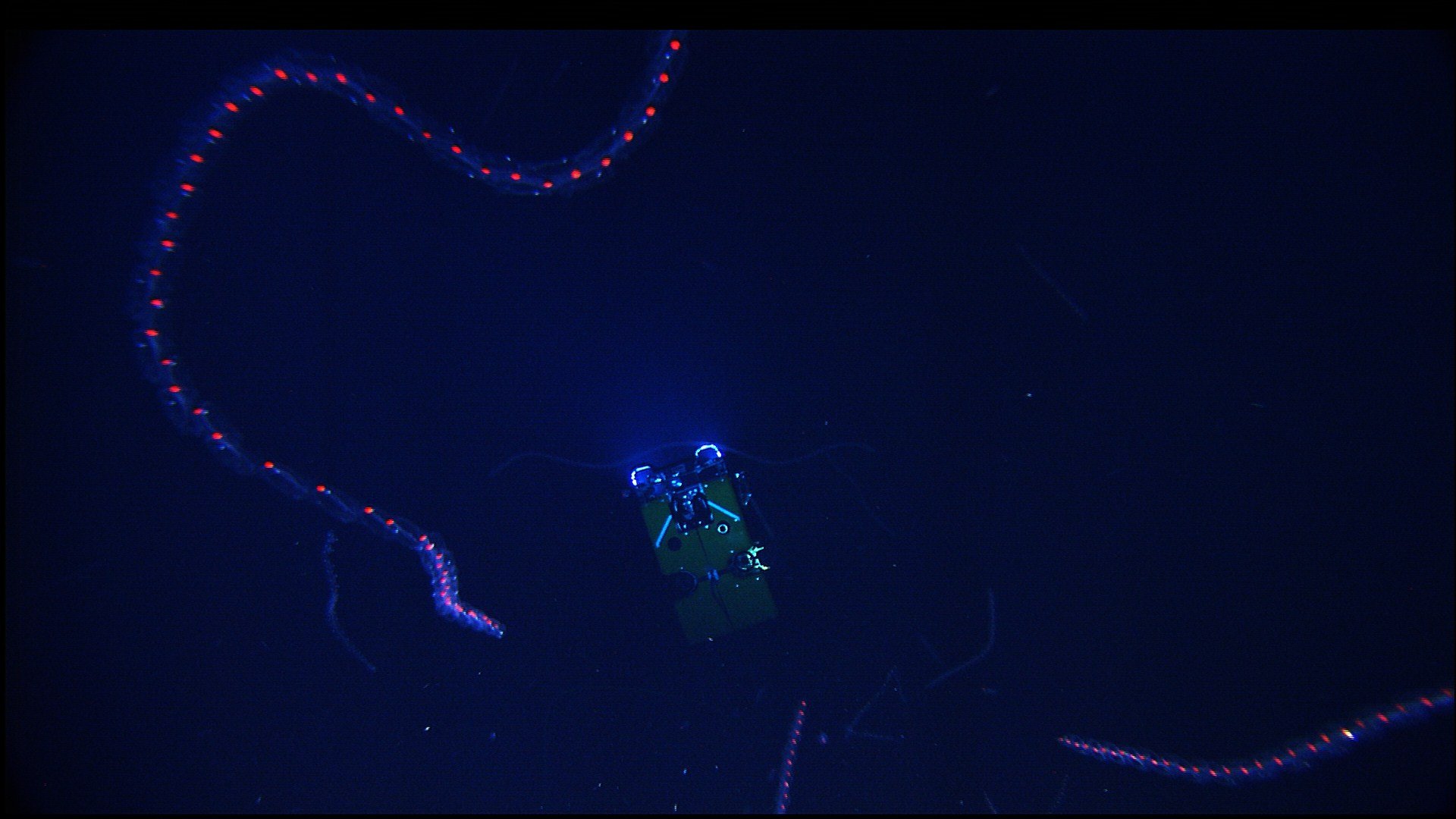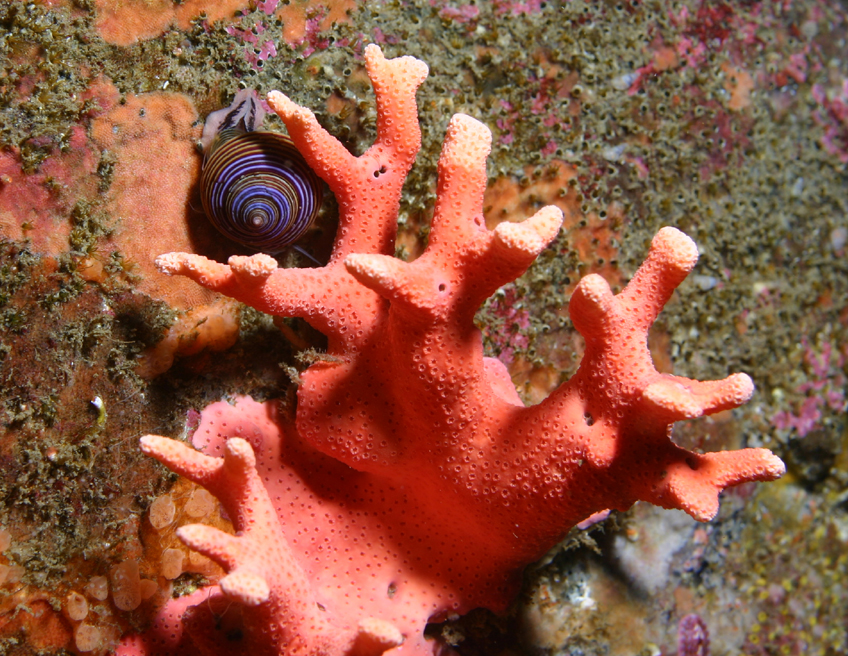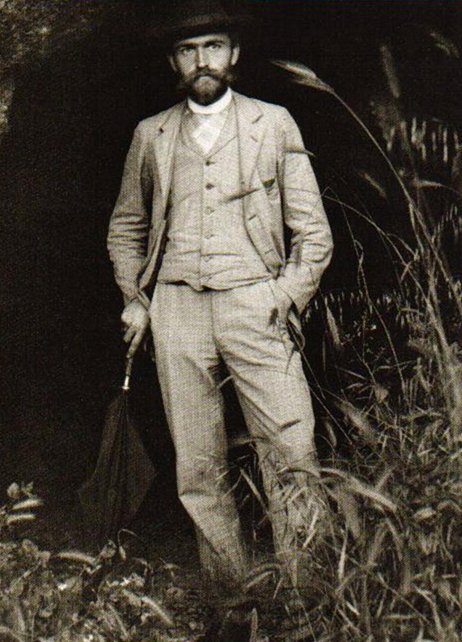|
Art Forms Of Nature
(known in English as ''Art Forms in Nature'') is a book of lithographic and halftone prints by German biologist Ernst Haeckel. Publication Originally published in sets of ten between 1899 and 1904 and collectively in two volumes in 1904, it consists of 100 prints of various organisms, many of which were first described by Haeckel himself. Over the course of his career, over 1000 engravings were produced based on Haeckel's sketches and watercolors; many of the best of these were chosen for , translated from sketch to print by lithographer Adolf Giltsch. A second edition of , containing only 30 prints, was produced in 1914. Themes According to Haeckel scholar Olaf Breidbach, the work was "not just a book of illustrations but also the summation of his view of the world." The over-riding themes of the plates are symmetry and le ... [...More Info...] [...Related Items...] OR: [Wikipedia] [Google] [Baidu] |
Haeckel Discomedusae 8
Ernst Heinrich Philipp August Haeckel (; 16 February 1834 – 9 August 1919) was a German zoologist, naturalist, eugenicist, philosopher, physician, professor, marine biologist and artist. He discovered, described and named thousands of new species, mapped a genealogical tree relating all life forms and coined many terms in biology, including ''ecology'', '' phylum'', ''phylogeny'', and ''Protista.'' Haeckel promoted and popularised Charles Darwin's work in Germany and developed the influential but no longer widely held recapitulation theory ("ontogeny recapitulates phylogeny") claiming that an individual organism's biological development, or ontogeny, parallels and summarises its species' evolutionary development, or phylogeny. The published artwork of Haeckel includes over 100 detailed, multi-colour illustrations of animals and sea creatures, collected in his ''Kunstformen der Natur'' ("Art Forms of Nature"), a book which would go on to influence the Art Nouveau artistic mo ... [...More Info...] [...Related Items...] OR: [Wikipedia] [Google] [Baidu] |
Semaeostomeae
Semaeostomeae (literally "flag mouths") is an order of large jellyfish characterized by four long, frilly oral arms flanking their quadrate mouths. The umbrella is domed with scalloped margins, and the gastrovascular system consists of four unbranched pouches radiating outwards from the central stomach; no ring canal is present. They usually possess eight tentacles; four are per-radical and four are inter-radical. Taxonomy The order consists of five families. * Family Cyaneidae * Family DrymonematidaeBayha, K. M., and M. N. Dawson (2010). ''New family of allomorphic jellyfishes, Drymonematidae (Scyphozoa, Discomedusae), emphasizes evolution in the functional morphology and trophic ecology of gelatinous zooplankton.'' The Biological Bulletin 219(3): 249–267 * Family Pelagiidae * Family Phacellophoridae * Family Ulmaridae Differentiation The three traditional families, Pelagiidae, Cyaneidae, and Ulmaridae, are distinguishable by these characteristics: * Gastrovascular cavity d ... [...More Info...] [...Related Items...] OR: [Wikipedia] [Google] [Baidu] |
Siphonophore
Siphonophorae (from Greek ''siphōn'' 'tube' + ''pherein'' 'to bear') is an order within Hydrozoa, which is a class of marine organisms within the phylum Cnidaria. According to the World Register of Marine Species, the order contains 175 species thus far. Although a siphonophore may appear to be an individual organism, each specimen is in fact a colonial organism composed of medusoid and polypoid zooids that are morphologically and functionally specialized. Zooids are multicellular units that develop from a single fertilized egg and combine to create functional colonies able to reproduce, digest, float, maintain body positioning, and use jet propulsion to move. Most colonies are long, thin, transparent floaters living in the pelagic zone. Like other hydrozoans, some siphonophores emit light to attract and attack prey. While many sea animals produce blue and green bioluminescence, a siphonophore in the genus '' Erenna'' was only the second life form found to produce a red lig ... [...More Info...] [...Related Items...] OR: [Wikipedia] [Google] [Baidu] |
Anthomedusa
Anthoathecata, or the athecate hydroids, are an order of hydrozoans belonging to the phylum Cnidaria. A profusion of alternate scientific names exists for this long-known, heavily discussed, and spectacular group. It has also been called Gymnoblastea and (with or without an emended ending ''-ae''), Anthomedusa, Athecata, Hydromedusa, and Stylasterina. There are about 1,200 species worldwide.Schuchert, P. (2014). Anthoathecata. Accessed through: Schuchert, P. (2014) World Hydrozoa database at http://www.marinespecies.org/hydrozoa/aphia.php?p=taxdetails&id=13551 on 2014-10-31 These hydrozoans always have a polyp stage. Their hydranths grow either solitary or in colonies. There is no firm perisarc around the polyp body. The medusae, or jellyfish, are solitary animals, with tentacles arising from the bell margin, lacking statocysts but possessing radial canals. Their gonads are on the manubrium ("handle").Bouillon, J.; Gravili, C.; Pagès, F.; Gili, J.-M.; Boero, F. (2006). An i ... [...More Info...] [...Related Items...] OR: [Wikipedia] [Google] [Baidu] |
Sea Anemone
Sea anemones are a group of predatory marine invertebrates of the order Actiniaria. Because of their colourful appearance, they are named after the '' Anemone'', a terrestrial flowering plant. Sea anemones are classified in the phylum Cnidaria, class Anthozoa, subclass Hexacorallia. As cnidarians, sea anemones are related to corals, jellyfish, tube-dwelling anemones, and '' Hydra''. Unlike jellyfish, sea anemones do not have a medusa stage in their life cycle. A typical sea anemone is a single polyp attached to a hard surface by its base, but some species live in soft sediment, and a few float near the surface of the water. The polyp has a columnar trunk topped by an oral disc with a ring of tentacles and a central mouth. The tentacles can be retracted inside the body cavity or expanded to catch passing prey. They are armed with cnidocytes (stinging cells). In many species, additional nourishment comes from a symbiotic relationship with single-celled dinoflagellates, with ... [...More Info...] [...Related Items...] OR: [Wikipedia] [Google] [Baidu] |
Hendrik Petrus Berlage
Hendrik Petrus Berlage (21 February 1856 – 12 August 1934) was a Dutch architect. He is considered one of the fathers of the architecture of the Amsterdam School. Life and work Hendrik Petrus Berlage, son of Nicolaas Willem Berlage and Anna Catharina Bosscha, was born on 21 February 1856 in Amsterdam in the Netherlands. Anna Catharina Bosscha's uncle was Johannes Bosscha, a scientist who taught in Polytechnische School te Delft. Berlage studied architecture at the Zurich Institute of Technology between 1875 and 1878 after which he traveled extensively for 3 years through Europe. In the 1880s he formed a partnership in the Netherlands with Theodore Sanders which produced a mixture of practical and utopian projects. A published author, Berlage held memberships in various architectural societies including CIAM I. Berlage was influenced by the Neo-Romanesque brickwork architecture of Henry Hobson Richardson and of the combination of structures of iron seen with brick of t ... [...More Info...] [...Related Items...] OR: [Wikipedia] [Google] [Baidu] |
Beurs Van Berlage
The Beurs van Berlage is a building on the Damrak, in the centre of Amsterdam. It was designed as a commodity exchange by architect Hendrik Petrus Berlage and constructed between 1896 and 1903. It influenced many modernist architects, in particular functionalists and the Amsterdam School. It is now used as a venue for concerts, exhibitions and conferences. The building is constructed of red brick, with an iron and glass roof, and stone piers, lintels and corbels. Its entrance is under a high clock tower, while inside lie three large multi-storey halls formerly used as trading floors, with offices and communal facilities grouped around them. The aim of the architect was to modify the styles of the past by emphasizing sweeping planes and open plan interiors. It has stylistic similarities with some earlier buildings, for instance St Pancras station and the work of H. H. Richardson in America, or the Castell dels Tres Dragons, Barcelona, by Lluís Domènech i Montaner ... [...More Info...] [...Related Items...] OR: [Wikipedia] [Google] [Baidu] |
Émile Gallé
Émile Gallé (8 May 1846 in Nancy – 23 September 1904 in Nancy) was a French artist and designer who worked in glass, and is considered to be one of the major innovators in the French Art Nouveau movement. He was noted for his designs of Art Nouveau glass art and Art Nouveau furniture, and was a founder of the École de Nancy or Nancy School, a movement of design in the city of Nancy, France. Biography Early life and education Gallé born on 4 March 1846 in the city of Nancy, France. His father, Charles Gallé, was a merchant of glassware and ceramics who had settled in Nancy in 1844, and his father-in-law owned a factory in Nancy which manufactured mirrors. His father took over the direction of his mother's family business, and began to manufacture glassware with a floral design. He also took over a struggling faience factory and began manufacturing new products. The young Gallé studied philosophy and natural science at the Lycée Imperial in Nancy. At the age of ... [...More Info...] [...Related Items...] OR: [Wikipedia] [Google] [Baidu] |
Hans Christiansen (artist)
Hans Christiansen (6 March 1866 in Flensburg – 5 January 1945 in Wiesbaden) was a German craftsman and painter of the Jugendstil ''Jugendstil'' ("Youth Style") was an artistic movement, particularly in the decorative arts, that was influential primarily in Germany and elsewhere in Europe to a lesser extent from about 1895 until about 1910. It was the German counterpart of .... He was one of the founders of the Darmstadt artist colony. References External links 1866 births 1945 deaths German artists Art Nouveau artists {{Germany-artist-stub ... [...More Info...] [...Related Items...] OR: [Wikipedia] [Google] [Baidu] |
Karl Blossfeldt
Karl Blossfeldt (June 13, 1865December 9, 1932) was a German photographer and sculptor. He is best known for his close-up photographs of plants and living things, published in 1929 as ''Urformen der Kunst''. He was inspired, as was his father, by nature and the ways in which plants grow. He believed that "the plant must be valued as a totally artistic and architectural structure." Among his contacts at the Berlin Arts and Crafts School was Heinz Warneke. From 1923, he was professor at the ''Vereinigte Staatsschulen für Freie und Angewandte Kunst'' (United State Schools for Fine and Applied Art) in Berlin, Germany. He died aged 67. Biography Blossfeldt never received formal training on the subject of photography but apprenticed in Rome under Moritz Meurer, (1839–1916), a decorative artist and professor of ornament and design, from 1890 to 1896. Appointed for a teaching post at the Institute of Royal Arts Museum in 1898 (where he remained until 1931), he established an arch ... [...More Info...] [...Related Items...] OR: [Wikipedia] [Google] [Baidu] |
René Binet (artist) (1913–1957), French political activist
* (1866–1911), French architect
{{Hndis, Binet, Rene ...
René Binet may refer to: * René Binet (translator) (1732–1812), French translator *René Binet (neo-Fascist) René Binet (16 October 1913 – 16 October 1957) was a French militant political activist. Initially a Trotskyist in the 1930s, he espoused fascism during World War II and joined the SS Charlemagne Division. Soon after the end of the war, Binet ... [...More Info...] [...Related Items...] OR: [Wikipedia] [Google] [Baidu] |
Art Nouveau
Art Nouveau (; ) is an international style of art, architecture, and applied art, especially the decorative arts. The style is known by different names in different languages: in German, in Italian, in Catalan, and also known as the Modern Style (British Art Nouveau style), Modern Style in English. It was popular between 1890 and 1910 during the Belle Époque period, and was a reaction against the academic art, eclecticism and historicism of 19th century architecture and decoration. It was often inspired by natural forms such as the sinuous curves of plants and flowers. Other characteristics of Art Nouveau were a sense of dynamism and movement, often given by asymmetry or whiplash lines, and the use of modern materials, particularly iron, glass, ceramics and later concrete, to create unusual forms and larger open spaces.Sembach, Klaus-Jürgen, ''L'Art Nouveau'' (2013), pp. 8–30 One major objective of Art Nouveau was to break down the traditional distinction between fine ... [...More Info...] [...Related Items...] OR: [Wikipedia] [Google] [Baidu] |







